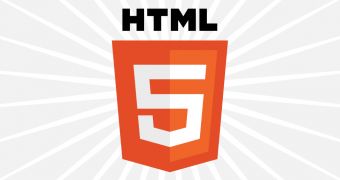HTML5 has been around for a while. The term has also been used so often and so confusingly that few people even know what it means. In fact, even the people creating it have their different definitions.
The Web Hypertext Application Technology Working Group (WHATWG) who created the new version of the standard decided that putting version numbers on these specifications is no longer warranted and considers HTML5, or what it calls simply HTML, a working standard.
The more rigid World Wide Web Consortium (W3C) has a different opinion and is still working on standardizing HTML5. It's close to it too, close by its standards, HTML5 is set to be ratified by 2014, ahead of the initial plan.
After that, further updates will be numbered, so an HTML5.1 will be available sometime in 2016.
Anything that is considered standard and uncontroversial, i.e. it's been adopted by all or most browsers by the time HTML5 is set to reach Candidate Recommendation status, by the end of this year, will make it into the HTML5 standard.
Everything else will be pushed to HTML5.1 and so on. This approach will ensure that new technologies are standardized faster while still leaving out controversial or unstable specifications.
This is just a plan for now, the W3C hasn't yet adopted it and there are some critics within. But it's a compromise, one that's really needed. The development of HTML5 was an arduous process filled with squabbles. The W3C, understandably, wants to ensure smoother and faster progress in the future.
That said, the decision will have little to no effect on web developers. Browsers already support a wide array of HTML5 features, despite an actual ratified standard, as well as several other web technologies that are being developed outside of HTML or even the W3C. New features will continue to be added with or without a standard spec from the W3C.

 14 DAY TRIAL //
14 DAY TRIAL //